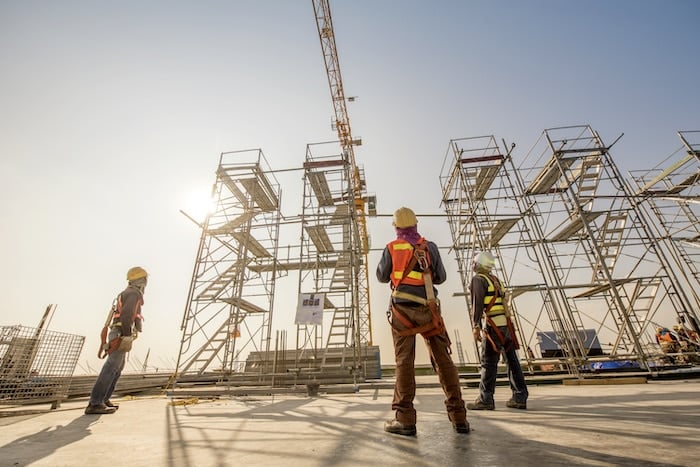Benefits Of Integration & Integrated Services
In the world of construction technology, the importance of connecting your data cannot be overstated. Every minute and dollar saved can have a...
2 min read
 Matt Wagoner
:
Aug 14, 2019 3:37:35 PM
Matt Wagoner
:
Aug 14, 2019 3:37:35 PM

The Construction Labor Shortage
A combination of factors has led to the industry’s current labor shortage. Alongside the generational perception that has made it difficult to recruit young workers to the construction trades, there has been tremendous growth in demand for workers due to a steady pipeline of new projects. Projects that were put on hold during the Great Recession are breaking ground. New projects include large scale infrastructure building and repair totaling $800 billion annually, according to the US Treasury Infrastructure Report, as well as an increased demand for housing and office space in job centers such as New York City, the San Francisco Bay Area and Austin (Construction: 5 Boom Cities of 2018).
The lack of young workers to help handle the booming pipeline presents a significant problem for the construction industry. National Association of Home Builders reports that, “more than four out of five builders expect to face serious challenges regarding the cost and availability of labor.”
Construction Jobs: A Surprisingly Lucrative and Rewarding Career Path
As the labor shortage in construction intensifies, salaries are going up. US Bureau of Labor Statistics (BLS) cites the median pay for construction managers at $94,000 in 2018. But salaries alone will not ensure a steady stream of new workers. Recasting the industry to appeal to a more tech savvy and diverse labor pool is critical.
With no signs of slowing down, the labor shortage is actually an opportunity to craft a new approach to recruiting and retaining a new generation of workers. These workers are likely to be more responsive to training and new technology that is fostering innovation and growth within the industry.
Here are five key strategies to recruit and retain new talent:

In the world of construction technology, the importance of connecting your data cannot be overstated. Every minute and dollar saved can have a...

Managing the construction RFI (Request for Information) process is an essential part of the construction project management process. It involves...

Peer Assist knows that construction companies require a smoothly integrated suite of products to connect the field and office to build value and...